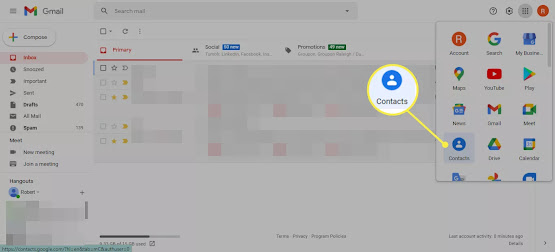Artificial Intelligence of Things (AIoT)_Artical
 |
| Figur: AIOT |
What is the web of Things?
The Internet of Things, or IoT, refers to the billions
of physical devices round the world that are now connected to the web, all
collecting and sharing data. because of the arrival of super-cheap computer
chips and therefore the ubiquity of wireless networks, it's possible to show
anything, from something as small as a pill to something as big as an aero
plane, into a neighborhood of the IoT. Connecting up of these different objects
and adding sensors to them adds A level of digital intelligence to devices that
might be otherwise dumb, enabling them to speak real-time data without
involving a person's being. the web of Things is making the material of the
planet around us smarter and more responsive, merging the digital and physical
universes.
What is an example of an online of Things device?
Pretty much any object is often transformed into an
IoT device if it is often connected to the web to be controlled or communicate
information.
A lightbulb which will be switched on employing a
smartphone app is an IoT device, as may be a motion sensor or a sensible
thermostat in your office or a connected streetlight. An IoT device might be as
fluffy as a child's toy or as serious as a driverless truck. Some larger
objects may themselves be crammed with many smaller IoT components, like a
reaction-propulsion engine that's now crammed with thousands of sensors
collecting and transmitting data back to form sure it's operating efficiently.
At a good bigger scale, smart cities projects are filling entire regions with
sensors to assist us understand and control the environment.
How big is that the Internet of Things?
Big and
getting bigger -- there are already more connected
things than people within the world.
Tech analyst company IDC predicts that in total
there'll be 41.6 billion connected IoT devices by 2025, or "things."
It also suggests industrial and automotive equipment represent the most
important opportunity of connected "things,", but it also sees strong
adoption of smart home and wearable devices within the near term.
Another tech analyst, Gartner, predicts that the
enterprise and automotive sectors will account for five.8 billion devices this
year, up almost 1 / 4 on 2019. Utilities are going to be the very best user of
IoT, because of the continuing rollout of smart meters. Security devices,
within the sort of intruder detection and web cameras are going to be the
second biggest use of IoT devices. Building automation – like connected
lighting – are going to be the fastest growing sector, followed by automotive
(connected cars) and healthcare (monitoring of chronic conditions).
The Internet of Things and data
An IoT device will likely contain one or more sensors
which it'll use to gather data. Just what those sensors are collecting will
depend upon the individual device and its task. Sensors inside industrial
machinery might measure temperature or pressure; a security camera may need a
proximity sensor along side sound and video, while your home meteorological
observation post will probably be packing a humidity sensor. All this sensor
data – and far, far more – will need to be sent somewhere. meaning IoT devices
will got to transmit data and can roll in the hay via Wi-Fi, 4G, 5G and more.
Tech analyst IDC calculates that within five years IoT
gadgets are going to be creating 79.4 zettabytes of knowledge. a number of this
IoT data are going to be "small and bursty" says IDC – a fast update
sort of a temperature reading from a sensor or a reading from a sensible meter.
Other devices might create huge amounts of knowledge traffic, sort of a video
surveillance camera using computer vision.
IDC said the quantity of knowledge created by IoT
devices will grow rapidly within the next few years. Most of the info is being
generated by video surveillance, it said, but other industrial and medical uses
will generate more data over time.
It said drones also will be an enormous driver of
knowledge creation using cameras. Looking further out, self-driving cars also
will generate vast amounts of rich sensor data including audio and video, also
as more specialized automotive sensor data.



Good Keep it up
ReplyDeleteneed improevment
ReplyDelete